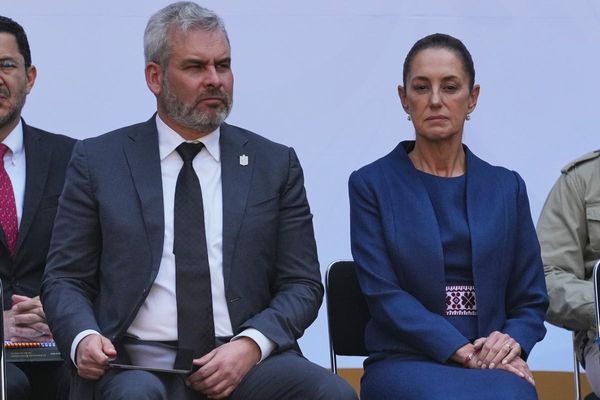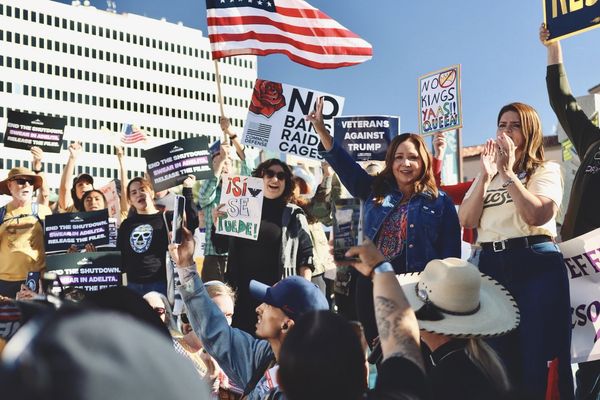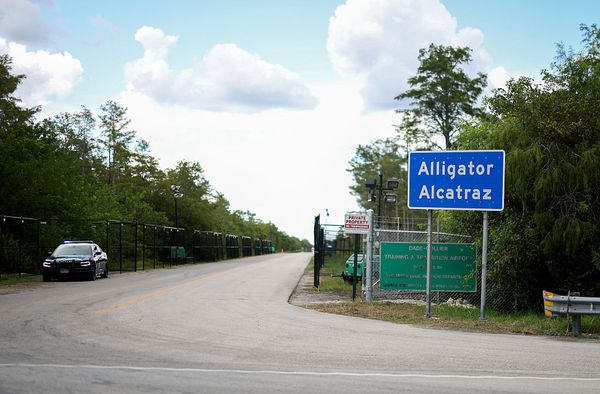
Israel’s destruction of Gaza has left starving Palestinians with access to only 1.5% of cropland that is accessible and suitable for cultivation, according to new figures from the UN.
This is down from 4% in April, according to the Food and Agriculture Organization (FAO), suggesting Israel has continued to target Palestinian farmland since initiating a complete blockade in early March, severely restricting aid from entering the Gaza Strip, where 2 million starved people are trapped.
Before the conflict, Gaza was a thriving agricultural hub, where farmers and ordinary Palestinians cultivated a wide variety of fruits, vegetables, nuts and grains for local consumption.
According to the FAO, agriculture accounted for around 10% of the Gaza Strip’s economy, and more than 560,000 people, or a quarter of the population, were at least partially supported by agriculture and fishing.
Israel has targeted food sources – orchards, greenhouses, farmland and fishers – since the beginning of its siege on Gaza in October 2023.
By 28 July 2025, Israel had damaged 86%, the equivalent of almost 13,000 hectares (32,000 acres), of farmland in the Gaza Strip – up from 81% in April, the FAO said. While just under 9% of cropland is still physically accessible, only 1.5% – the equivalent of 232 hectares – is both accessible and not damaged by the Israeli offensive.
“Gaza is now on the brink of a full-scale famine. People are starving not because food is unavailable, but because access is blocked, local agrifood systems have collapsed, and families can no longer sustain even the most basic livelihoods,” said FAO director-general Qu Dongyu. “We urgently need safe and sustained humanitarian access and immediate support to restore local food production and livelihoods – this is the only way to prevent further loss of life. The right to food is a basic human right.”
In northern Gaza, Israeli tanks and bombs have destroyed or damaged 94% of what was among the most fertile, productive land in the territory, and Palestinians have no access to the remaining 6% of their cropland. In Rafah, near the Egypt border, 79% is flattened and the rest has been blocked as part of Israel’s so-called military corridor.
Last week, Israeli forces partially demolished a seed bank in Hebron, in the West Bank, destroying tools and equipments used to used to reproduce heirloom seeds.
UN experts, agencies and aid groups have been warning since early 2024 that Israel is orchestrating a campaign of deliberate mass starvation in Gaza by systematically destroying local food production and blocking aid, in violation of international law. Hundreds of Palestinians have now starved to death, and thousands more have been killed trying to access food aid.
Earlier this week, Michael Fakhri, the UN special rapporteur on the right to food, told the Guardian: “Israel has built the most efficient starvation machine you can imagine. So while it’s always shocking to see people being starved, no one should act surprised. All the information has been out in the open since early 2024.”
• This article’s main image was changed on 7 August 2025. An earlier image – provided by an agency and captioned as showing an aerial view of Gaza – could not be independently verified and was removed.







